ebm-papst RadiPac Enabling Efficient Temperature Control in Data Centers
10/28/2025In the digital age, data centers have become core infrastructure supporting data storage, processing, and transmission across various industries. Their stable operation is directly related to business continuity. However, data centers face two key challenges: First, hardware such as servers and network equipment continuously generates heat during operation. Excessive temperatures can easily lead to equipment failures, compromising data security and transmission efficiency. Second, with the explosive growth of data volumes, the demand for cooling capacity in computer rooms continues to rise, placing increasing pressure on heat dissipation. Second, the massive amount of equipment required to operate consumes significant amounts of electricity, and energy consumption continues to increase with business expansion. Energy costs have become a significant component of data center operating expenses, making improving energy efficiency and reducing energy consumption urgent challenges for the industry.
Core Challenges and Key Metrics in Data Center Operations
Efficient data center operations require addressing challenges across three key dimensions: energy efficiency, safety, and operations and maintenance. Key metrics and core issues are as follows:
Energy Efficiency Metrics: PUE and WUE
PUE (Power Utilization Effectiveness) is a core metric for measuring the rationality of data center energy consumption. It is calculated as "total data center energy consumption / IT equipment energy consumption." A value closer to 1 indicates higher energy efficiency and less ineffective energy consumption. WUE (Water Utilization Effectiveness) focuses on water resource utilization and is calculated as "total data center water consumption / IT equipment energy consumption." Reducing WUE not only reduces operating costs, but also meets environmental requirements and reduces reliance on water resources.
Equipment Safety: Harmonic Interference and Flammability Risks
In data centers, the operation of variable-frequency equipment, the parallel operation of multiple devices, and grid voltage fluctuations and imbalances can all generate harmonic currents, disrupting equipment operation and affecting hardware stability. At the same time, influenced by the EU's Fluorinated Greenhouse Gases Regulation, natural refrigerants are widely used in data centers due to their environmentally friendly properties. However, these refrigerants are flammable. If leaked and exposed to ignition, they could cause fires or even explosions, posing a threat to computer room safety.
Operational and Maintenance Efficiency: The Need for Intelligent Transformation
As data centers expand in size and equipment, traditional manual operations and maintenance (O&M) struggle to cope with complex management demands. Intelligent O&M is becoming an inevitable trend. By real-time monitoring of equipment operating status, network traffic, and energy consumption data, combined with data analysis to automatically predict and diagnose faults, this approach can significantly improve O&M efficiency and accuracy, while reducing manual intervention costs.
Precision Air Conditioners and Fans: The Core of Data Center Temperature Control
Precision air conditioners are key components for data center temperature control. By precisely controlling temperature and humidity, they create a stable operating environment for servers and IT equipment, ensuring a constant temperature in the computer room around the clock and ensuring smooth data transmission and secure storage. Fans, as core components of precision air conditioners, directly determine heat dissipation efficiency and energy consumption.
Traditional fans generally suffer from high energy consumption and high noise levels, making them difficult to meet the demands of modern data centers for high efficiency, energy saving, and quiet operation. Against this backdrop, ebm-papst's RadiPac centrifugal fan, with its innovative design and superior performance, has become a preferred solution for precision air conditioning. Its six core advantages precisely match the operational needs of data centers:
High Efficiency and Energy Saving
The RadiPac centrifugal fan combines high-efficiency EC motor technology with optimized aerodynamics to continuously provide stable, efficient air flow, achieving system efficiency levels exceeding 70%. This performance not only helps equipment manufacturers meet stringent energy efficiency regulations but also significantly reduces energy costs for data center users, contributing to improved Power Usage Effectiveness (PUE).
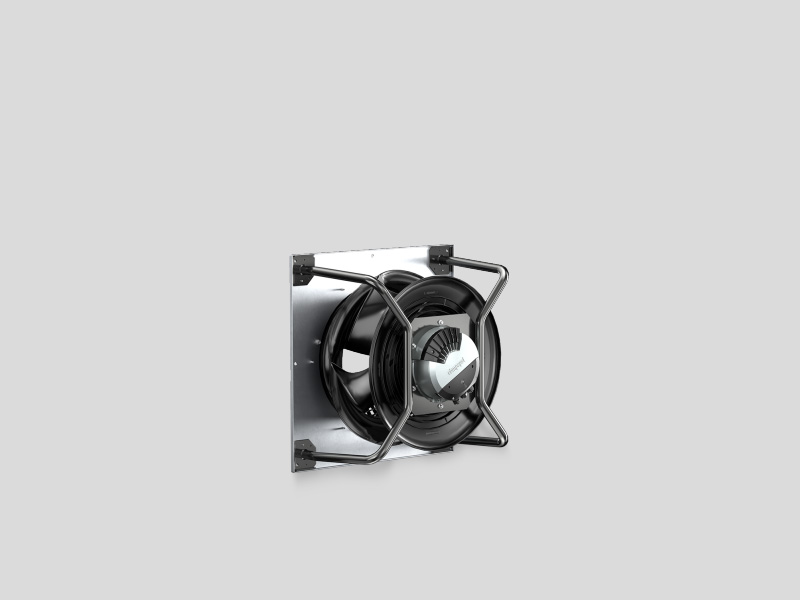
Active PFC Optimizes Power Supply Configuration
The fan features built-in three-phase active PFC (power factor correction) to effectively prevent the generation of current harmonics, eliminating the need for additional external components. This design reduces the size of the emergency power supply, optimizing power system costs while also minimizing harmonic interference with other equipment.
Resonance Detection Extends Equipment Life
The new RadiPac fans are equipped with automatic resonance detection. An integrated vibration sensor monitors mechanical vibrations in real time, accurately identifying key resonance points within the speed range. This prevents premature bearing damage due to resonance, thereby reducing the risk of system failure, improving fan reliability, and extending equipment life.
Compatible with Natural Refrigerants, Ensuring Computer Room Safety
The fan's electronic circuitry is designed in strict compliance with the EN 60335-2-40 standard, meeting the requirements of air conditioning applications using flammable refrigerants. Even in the event of a malfunction, the fan's maximum surface temperature remains below 370°C, preventing it from becoming an ignition source in the computer room and mitigating safety hazards associated with natural refrigerant leaks.
Compact Design Saves Space and Costs
The fan's integrated high-performance impeller and external rotor motor create a compact design that significantly reduces space requirements, indirectly reducing the floor space required and construction costs for the air conditioning computer room, and improving space efficiency. Intelligent Control Adapts to Dynamic Needs
The fan is equipped with a control electronics module with a configurable control interface, supporting both analog and digital signal transmission, and automatically adjusts its speed based on the actual cooling needs of the computer room. This dynamic adjustment capability ensures the fan always operates at optimal efficiency, avoiding energy waste caused by "overwhelmingly large forces."
Supporting Sustainable Development: The Diverse Applications of RadiPac Fans
Green, low-carbon, and sustainable development are the long-term development goals of the data center industry. As the core power component of CRAC (computer room air conditioner) precision air conditioners, RadiPac fans, with their comprehensive performance advantages, are a key support for achieving data center energy conservation and emission reduction goals, creating a stable, efficient, and comfortable operating environment for servers.
Beyond CRAC precision air conditioning, RadiPac centrifugal fans are also applicable to a variety of key data center cooling equipment, including CRAHs (computer room air handlers), AHUs (air handling units), supply and exhaust walls, etc., meeting the efficient temperature control needs of various scenarios and providing a diverse solution for the green transformation of data centers.


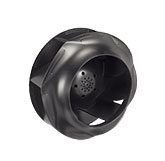
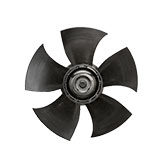
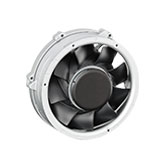
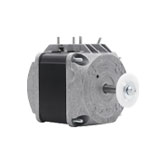
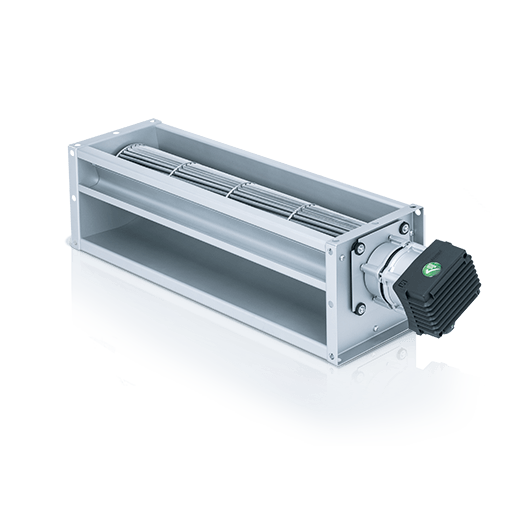

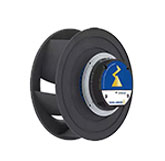
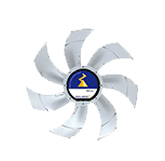


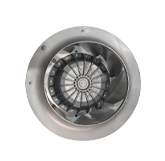
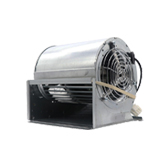
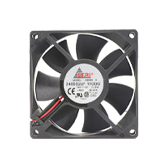
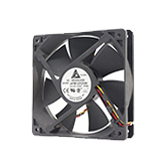
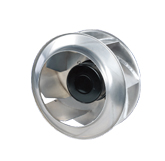
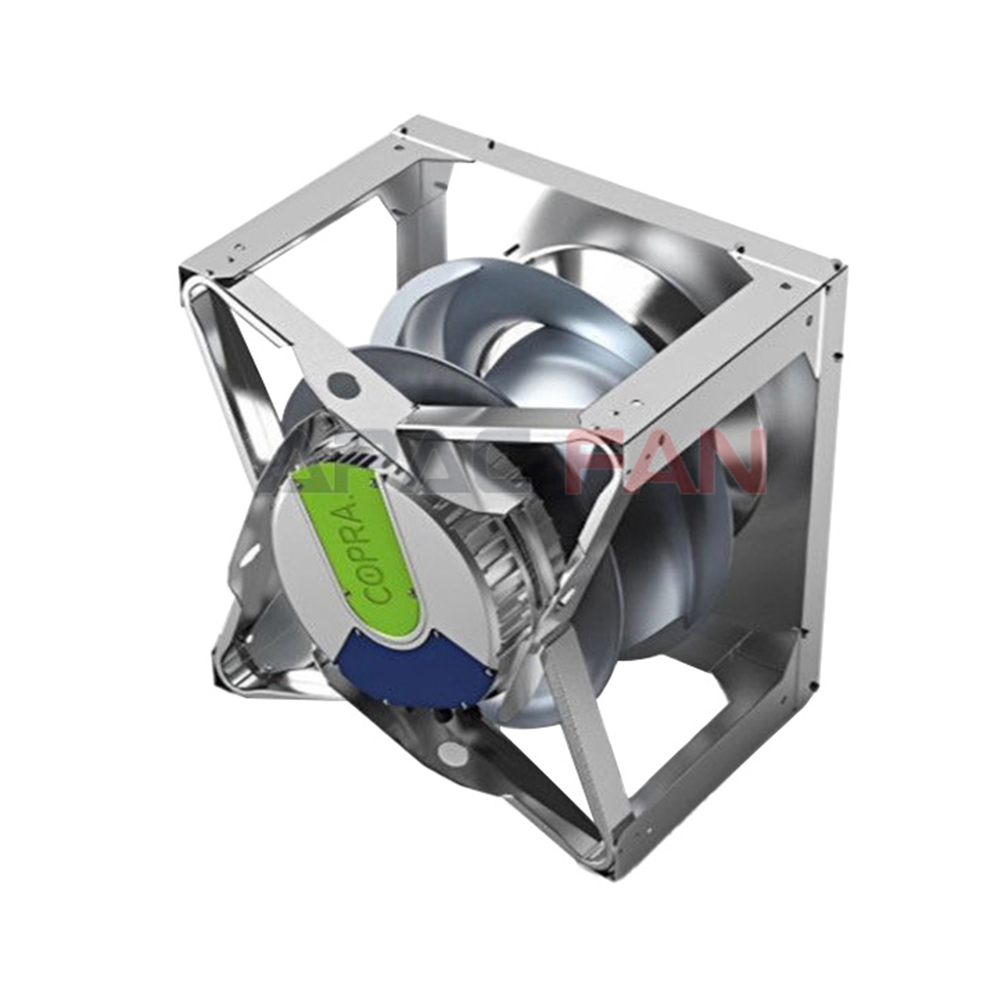
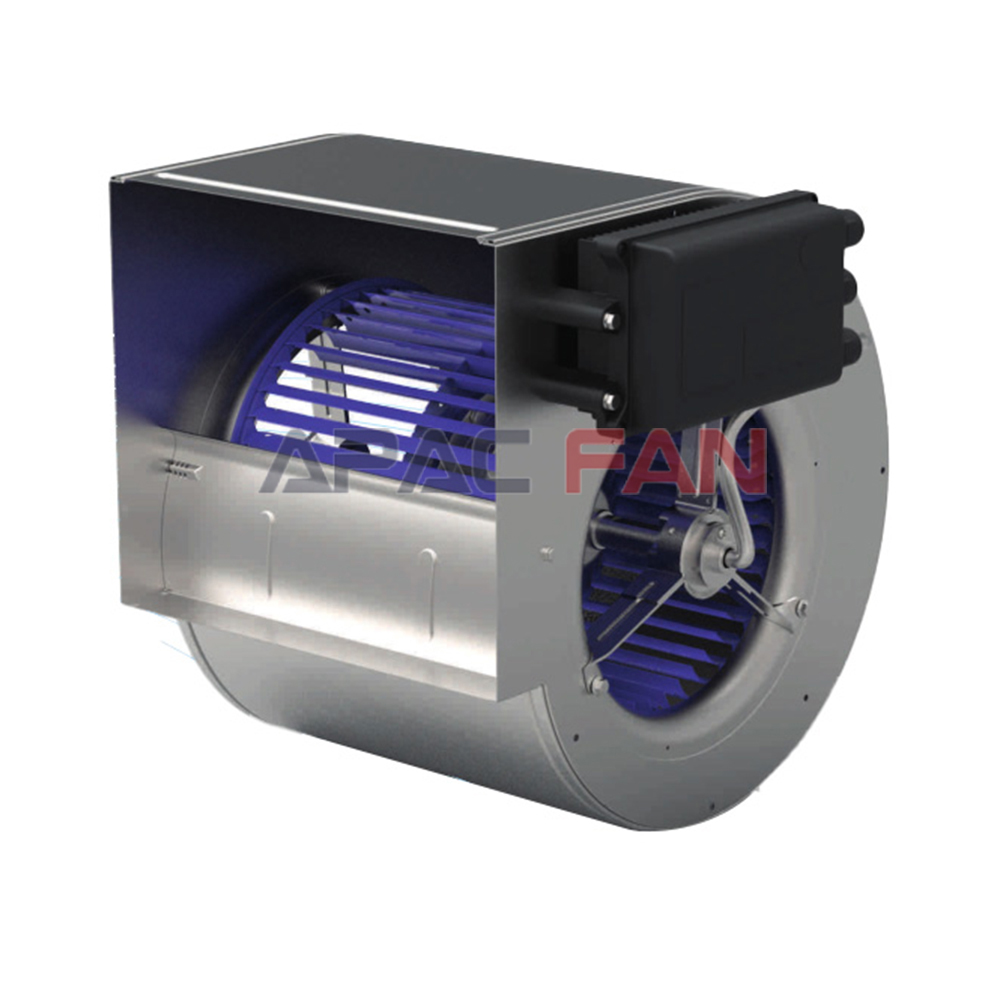


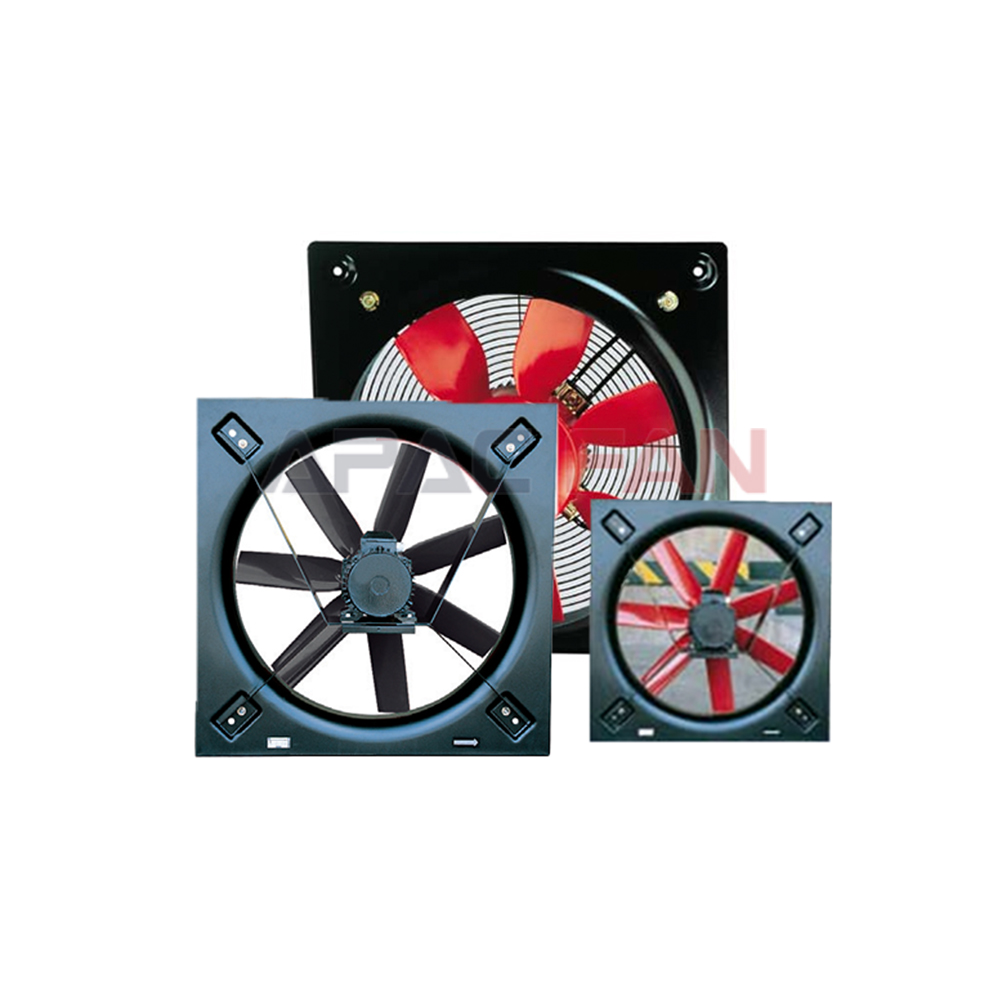
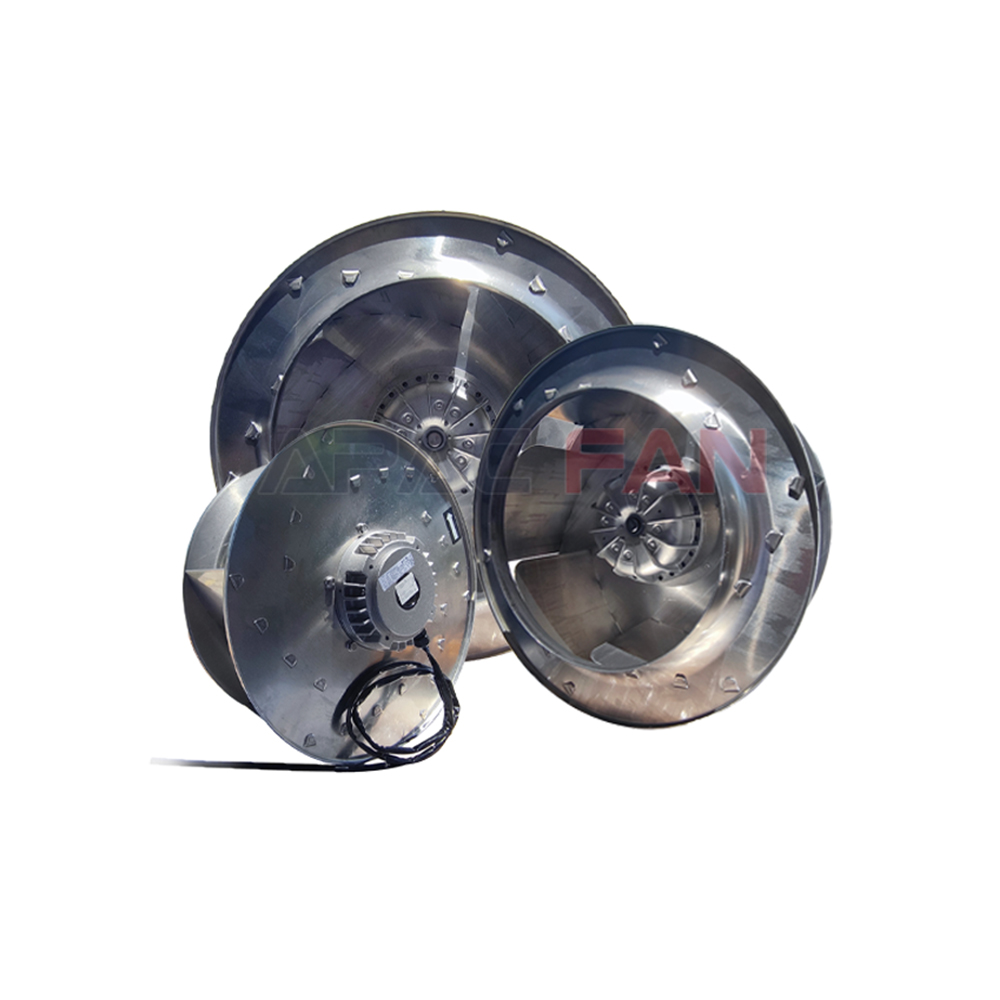

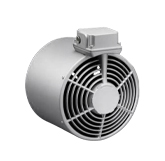
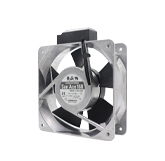



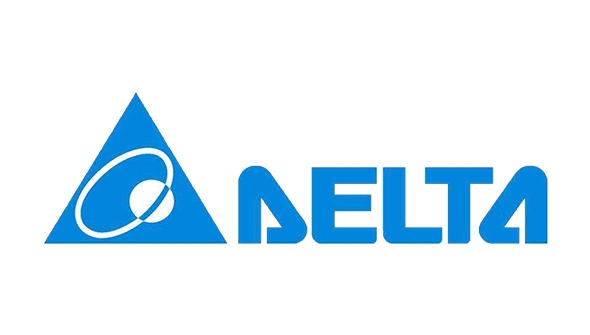
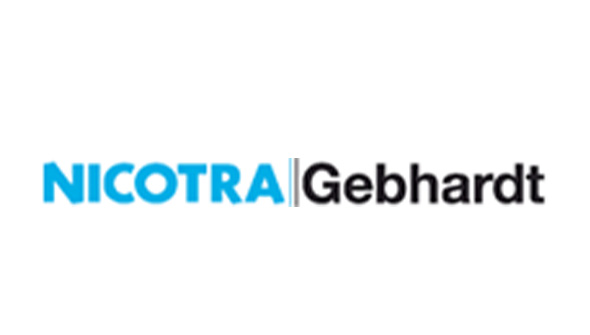


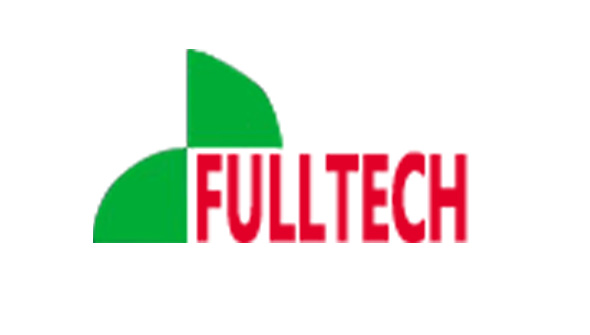
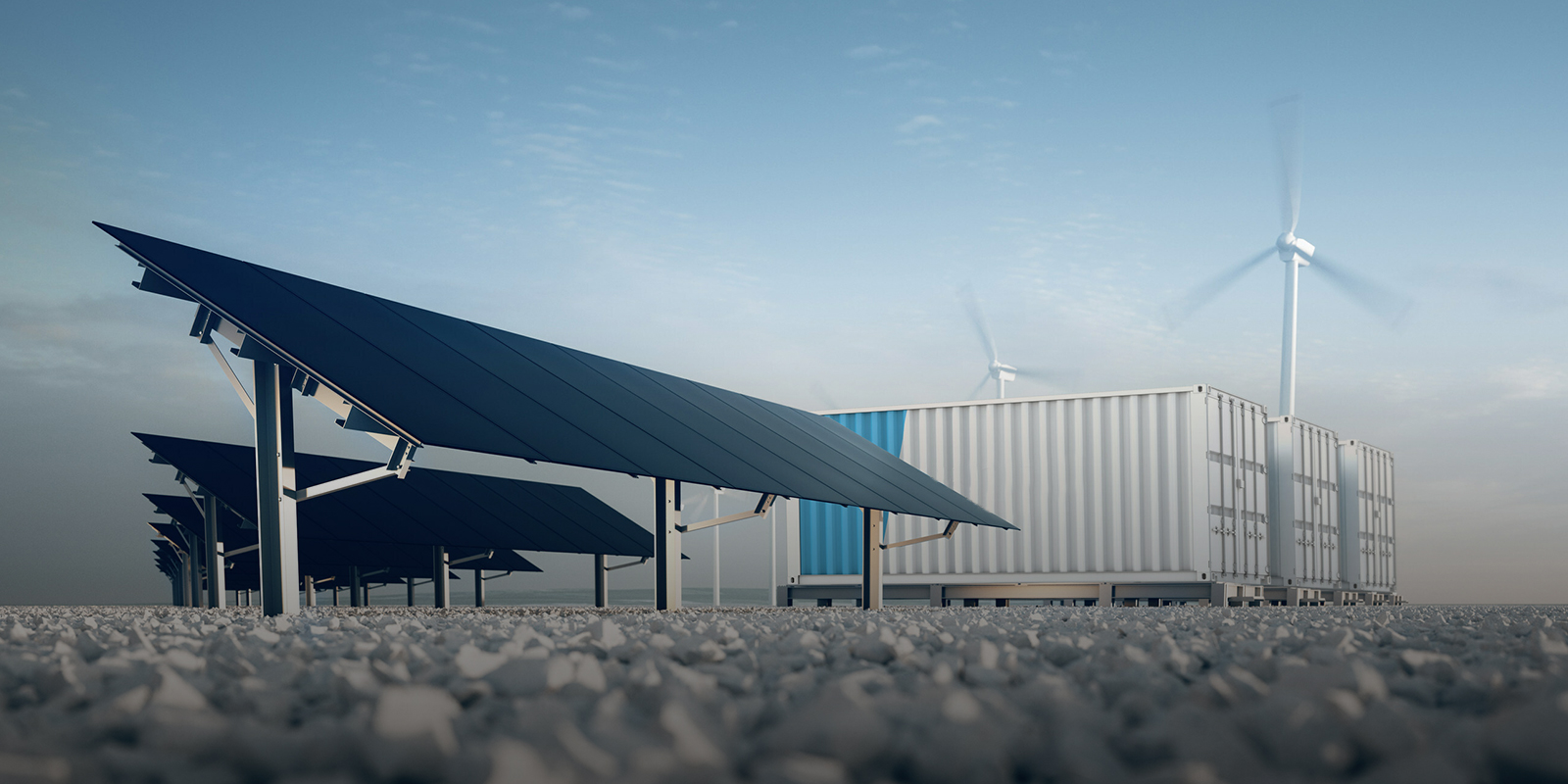

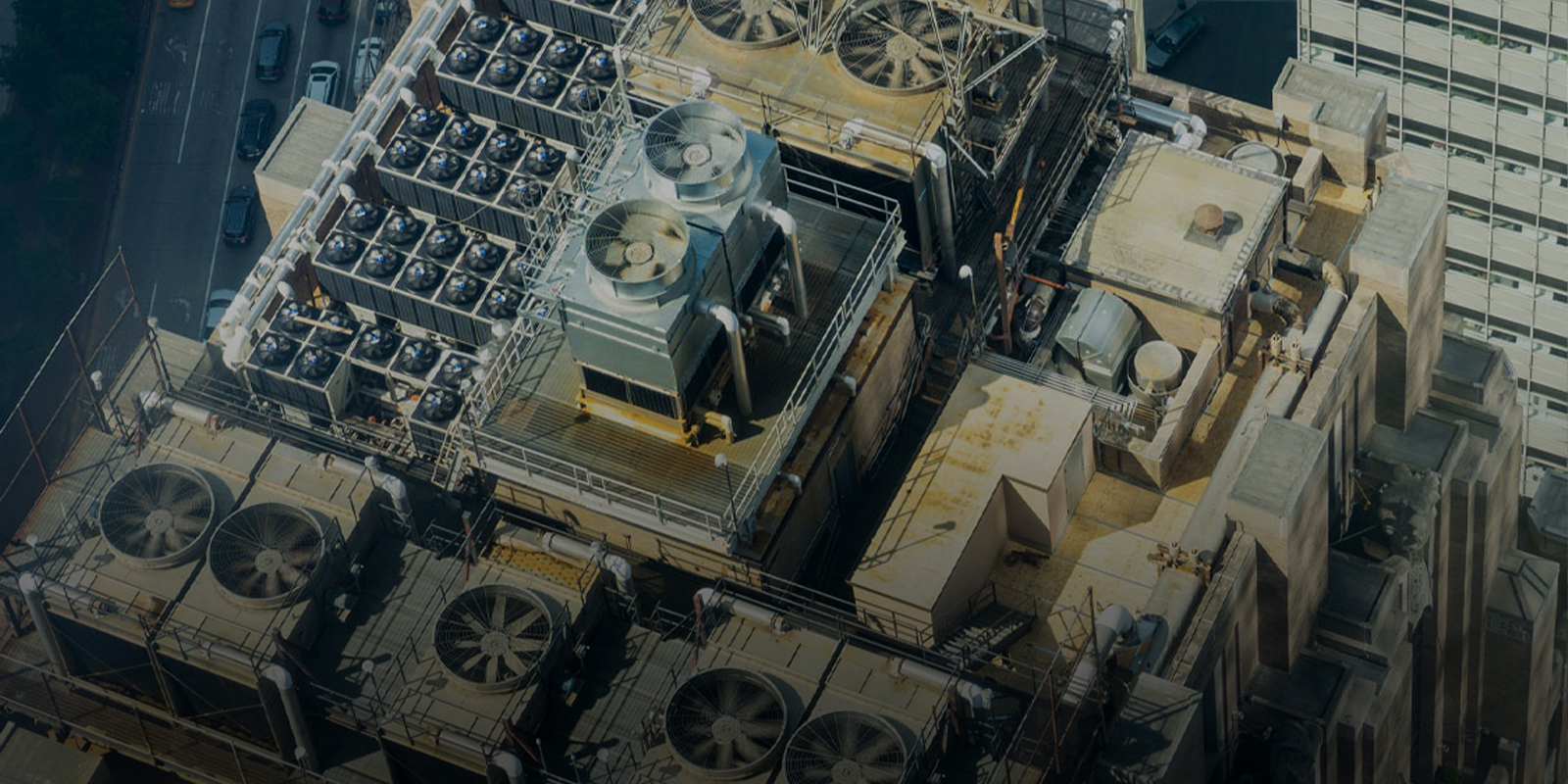

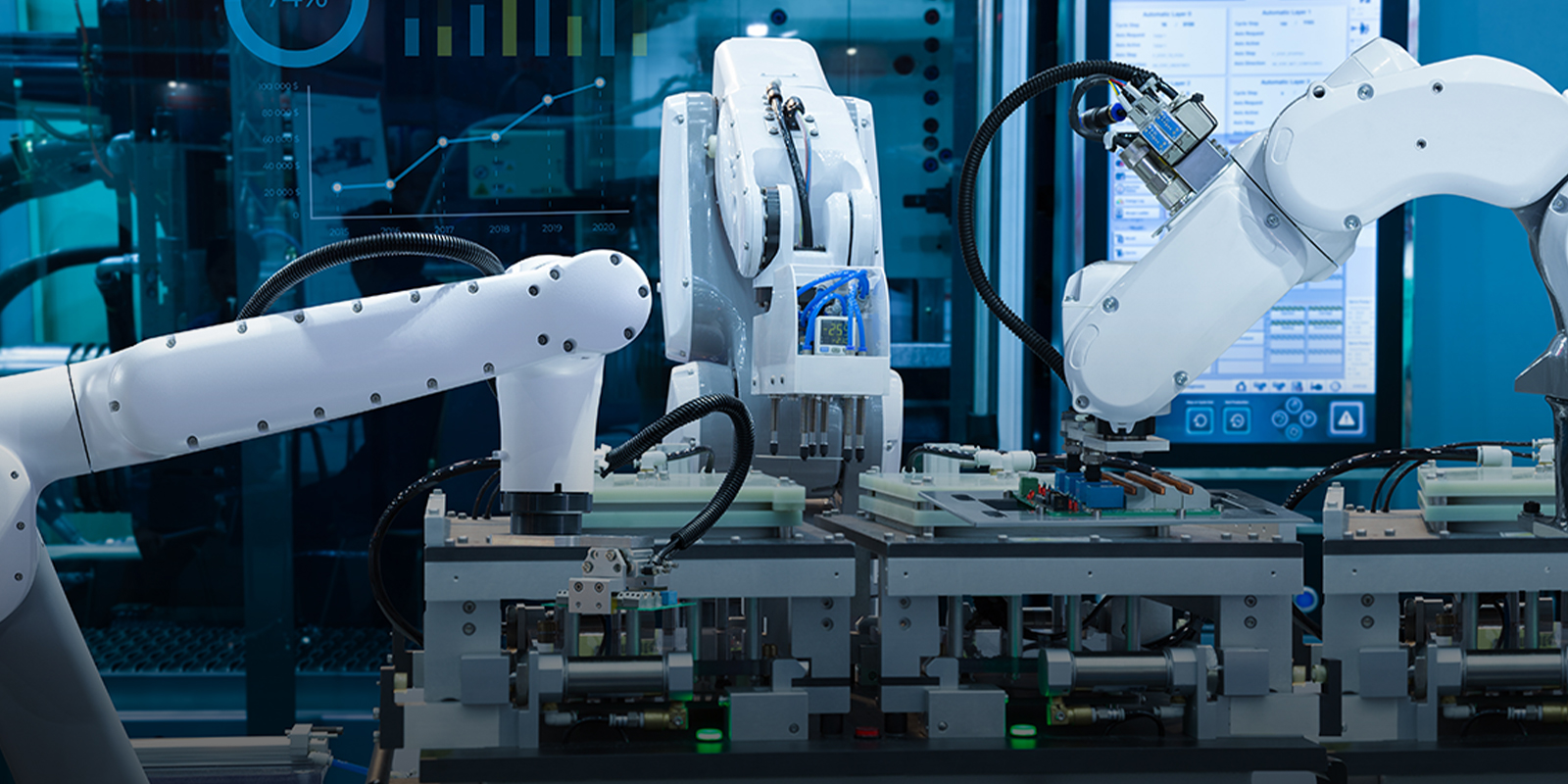
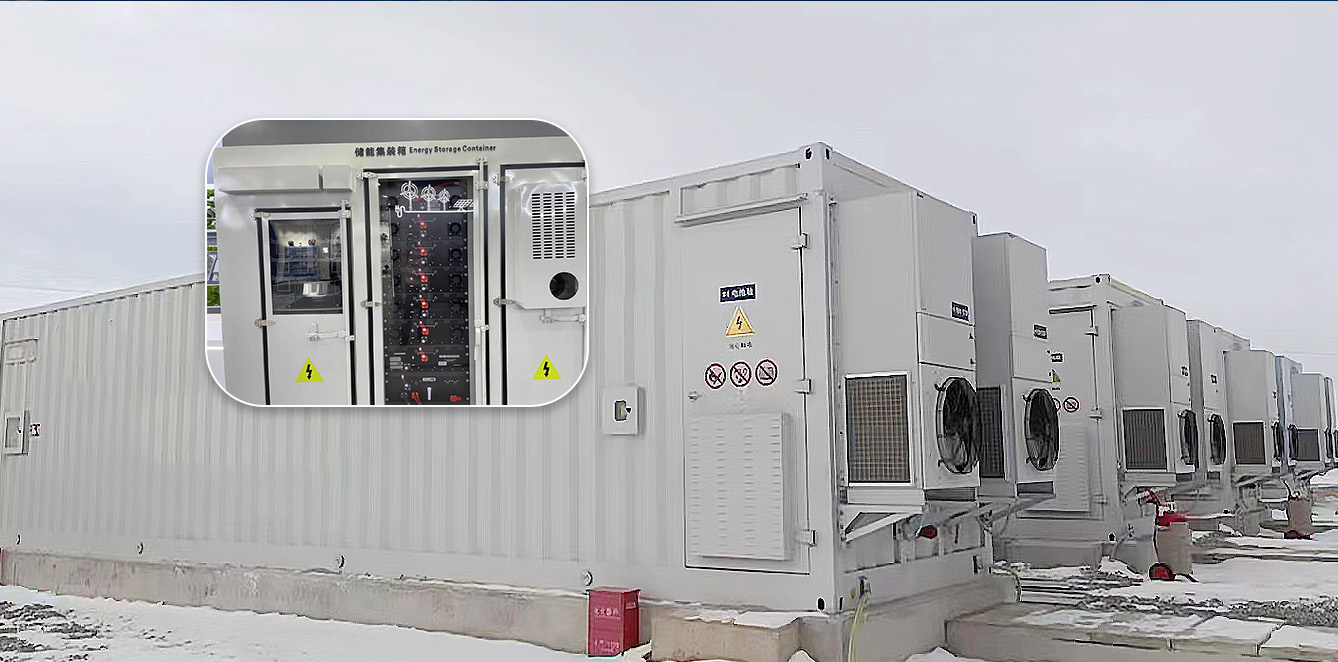
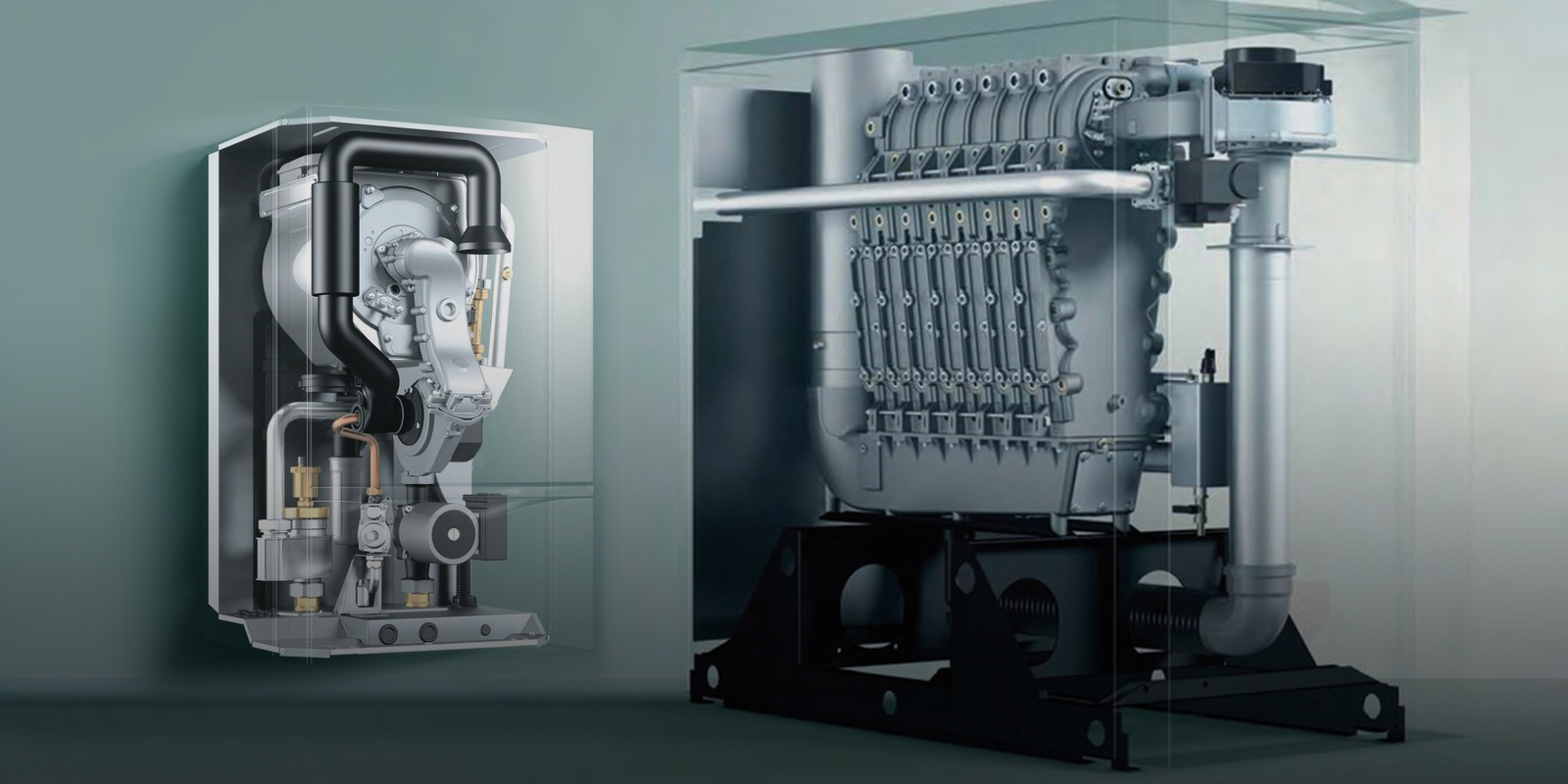

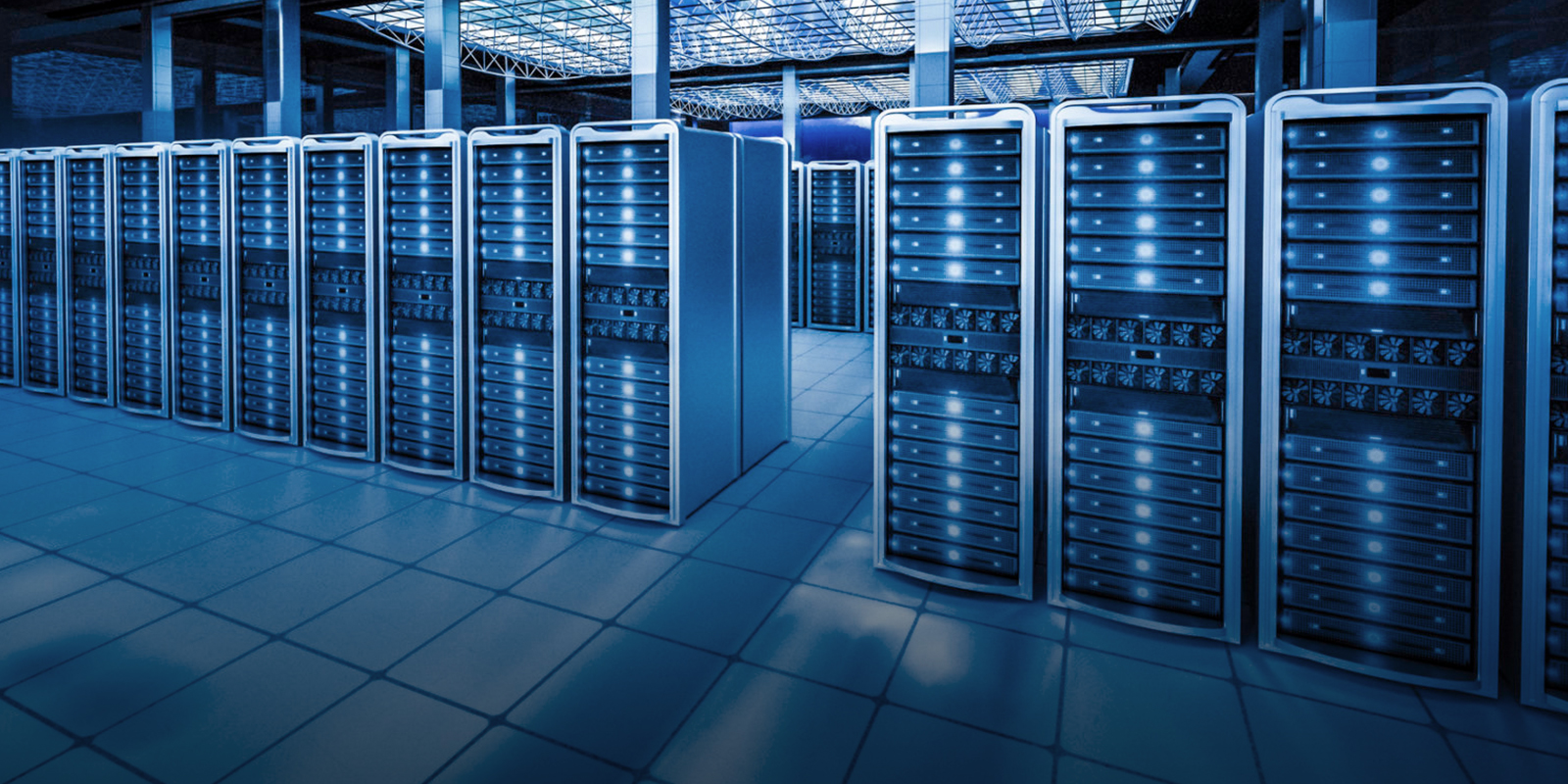

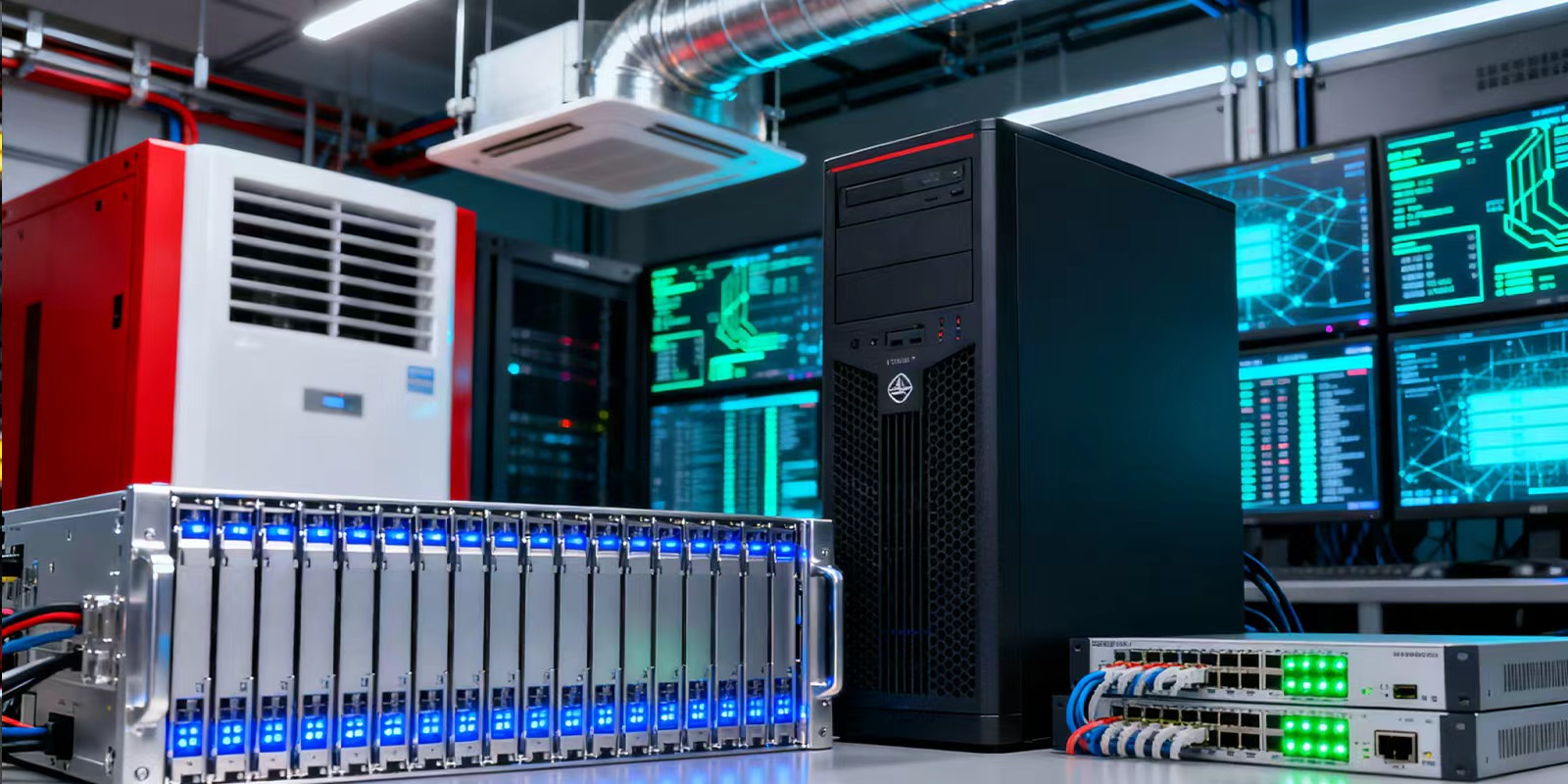
 English
English Français
Français Deutsch
Deutsch Português
Português Español
Español русский
русский  한국어
한국어 العربية
العربية Italiano
Italiano Indonesia
Indonesia Schweiz
Schweiz Polski
Polski Nederlands
Nederlands ישראל - עברית
ישראל - עברית Perzisch
Perzisch ไทย
ไทย 日本語
日本語 ኢትዮ-አማርኛ
ኢትዮ-አማርኛ Việt Nam
Việt Nam Kiswahili
Kiswahili Srpski
Srpski Ελληνικά
Ελληνικά 繁體中文
繁體中文
